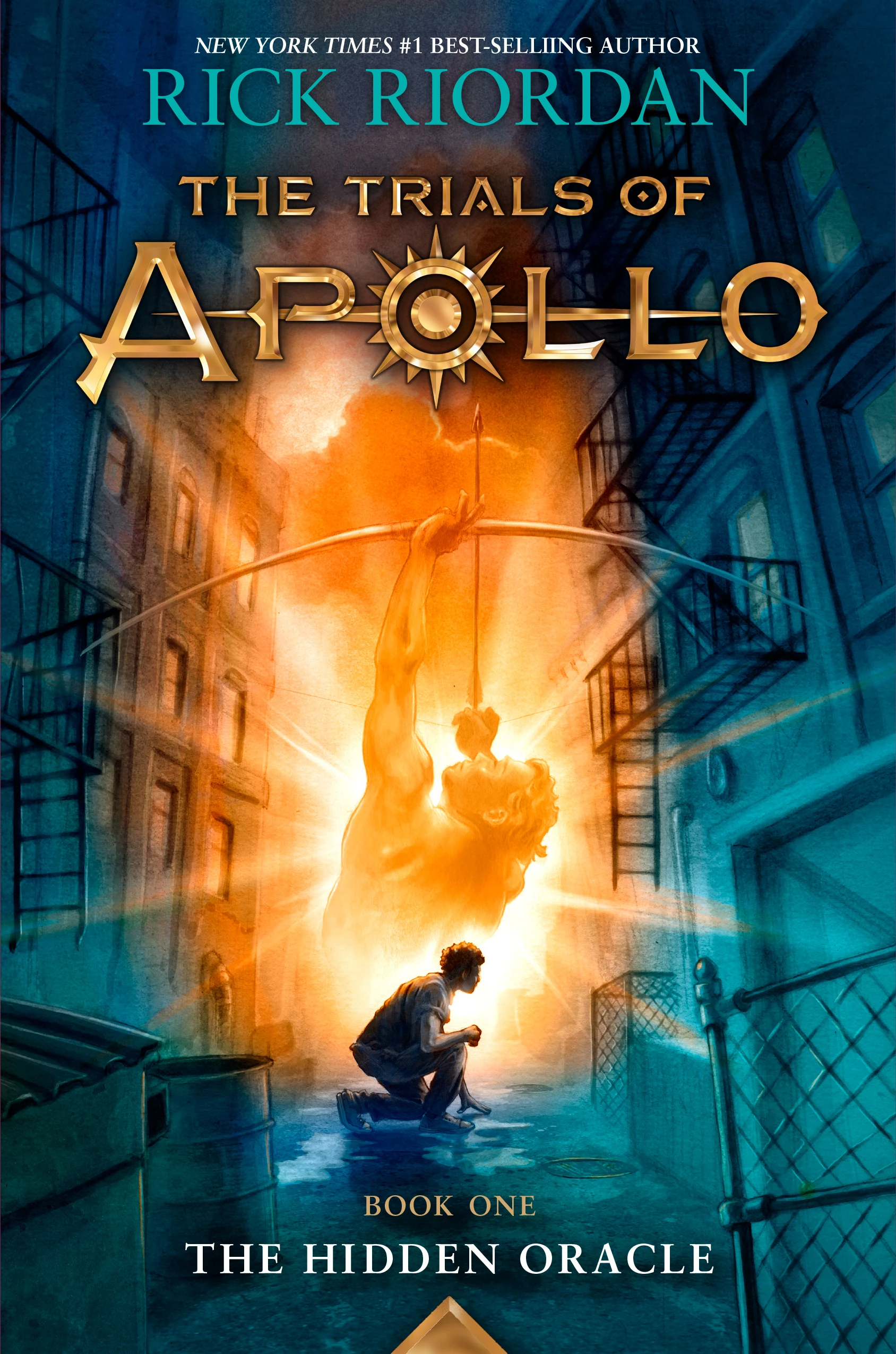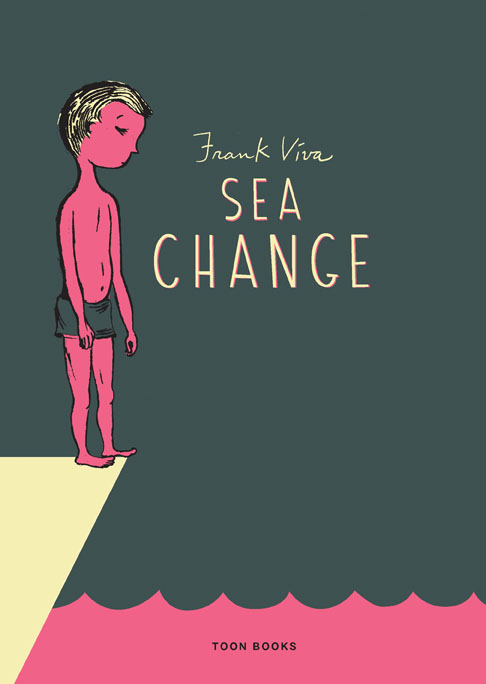 All American Boys
All American BoysJason Reynolds & Brendan Kiely
Atheneum, 2015 310 pgs
Grades 7-12
Realistic Fiction
Two alternating first person accounts tell the stories of two different young men who attend the same inner-city high school: one white and one black. Rashad, an African-American ROTC student is getting ready for a big night out. He stops to pick up some chips at a corner deli. While looking through his bag for his phone, a police officer spots him and assumes he is stealing. The officer drags Rashad outside the deli and brutally beats him, accusing the teen of resisting arrest, landing him in the hospital. Meanwhile, Quinn is also getting ready for a night out, planning to go to the same party as Rashad. He walks past the deli and witness the beating. The police officer in question is the brother of his best friend and they have a deep personal connection. We now see both boy's journeys. Rashad attempts, through his art work and discussions with family and friends, to make sense of the attack and the role young African-Americans are forced to play in society. He decides to except his position as a symbol for injustice and to not accept the prejudice and abuse formally endured by his ancestors. Meanwhile, Quinn struggles with doing what is right, even if it means losing his best friend and going against what his mother wants. Quinn's father was a community hero who died fighting in the middle east and he draws inspiration from Dad make the ethical choice, even if it is the harder path. Both stories come together at the end at a demonstration where the boys stand with other members of the community of all races and ages to protest the violence against people of color and to remember those who have died at the hands of law enforcement.
Even though there has been so much buzz about this book for the past year, I have put off reading it. It seemed too serious for me and I would rather loose myself in fantasy than look into a mirror of what is happening in American society today that might make me uncomfortable. American Boys is a riveting book that once I felt brave enough to tackle, I couldn't put down. Yes, serious issues are discussed, but the book is written in a way that brings the reader right into the story. The first person accounts help the reader to care about the narrators right away and we personally feel their struggles. The writing captures the voice of teen boys perfectly and the language used and the way they communicate is spot on. The plot is clear-cut and linear and even though two narrators are used, it is never confusing as to who is talking. This would be a wonderful choice for reluctant readers, book discussion groups, and classrooms. It is an important and timely book, as it reflects today's society and current events. Teachers and other professionals working with young people should read this book, regardless of whether or not they serve in an urban environment. Both sides of the controversy are explored, although one side is certainly favored over the other. The agenda of the authors is clear from the start, but the wonderful writing, interesting plot, and important message make this okay. It is an important story to tell. After reading this book it makes me question what I would do in this situation. I would hope that I would stand up to do the right thing. American Boys brings the news to life and places the reader in a position of making a choice and to realize that by doing nothing you are perpetuating the problem.








